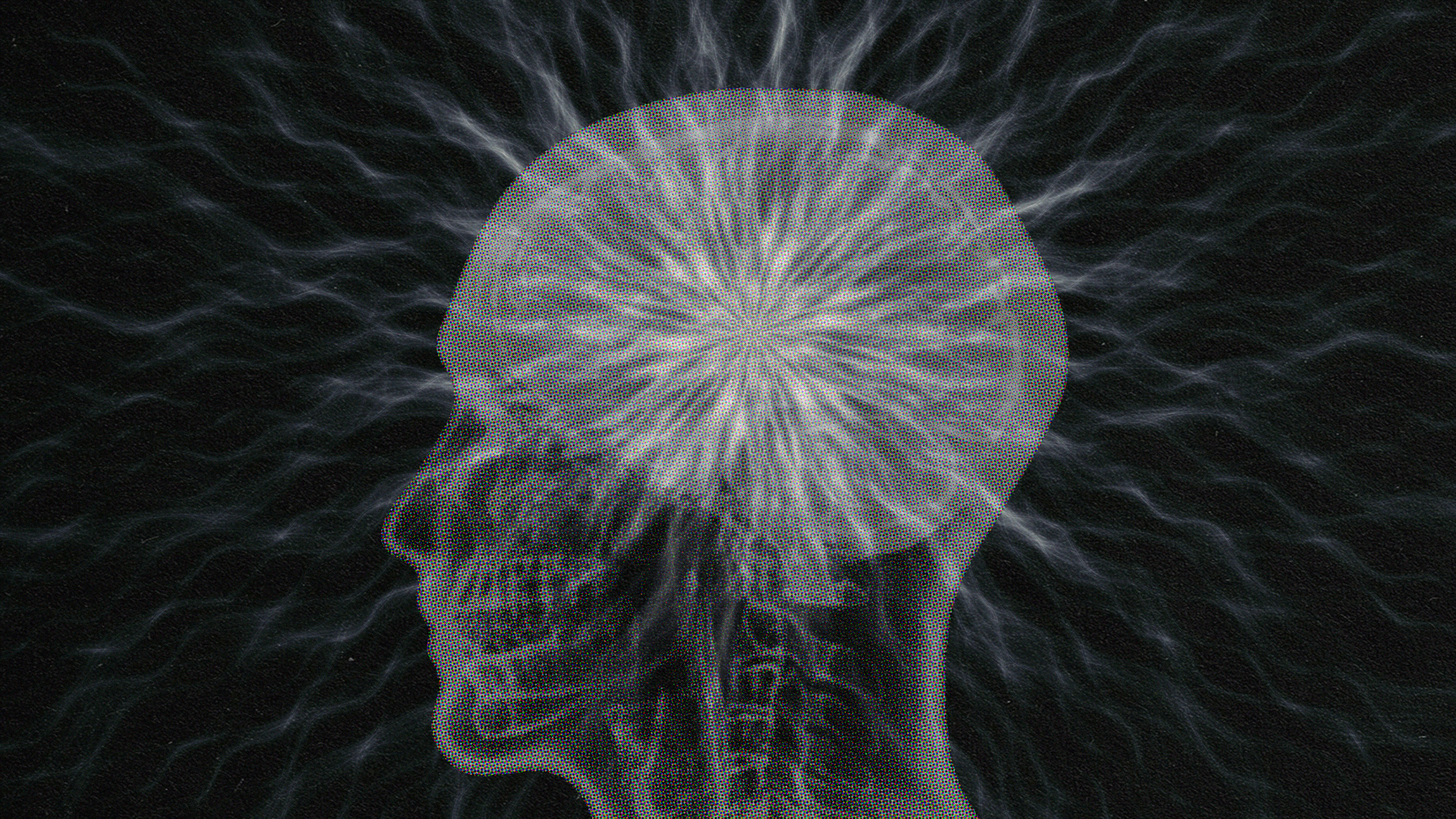Can you step in the same river twice? Wittgenstein vs. Heraclitus

Photo by Matt Seymour on Unsplash
‘I am not a religious man,’ the philosopher Ludwig Wittgenstein once said to a friend, ‘but I cannot help seeing every problem from a religious point of view.’
These problems that he claims to see from a religious point of view tend to be technical matters of logic and language. Wittgenstein trained as an engineer before he turned to philosophy, and he draws on mundane metaphors of gears, levers and machinery. Where you find the word ‘transcendent’ in Wittgenstein’s writings, you’ll likely find ‘misunderstanding’ or ‘nonsense’ nearby.
When he does respond to philosophers who set their sights on higher mysteries, Wittgenstein can be stubbornly dismissive. Consider: ‘The man who said one cannot step into the same river twice was wrong; one can step into the same river twice.’ With such blunt statements, Wittgenstein seems less a religious thinker and more a stodgy literalist. But a close examination of this remark can show us not only what Wittgenstein means by a ‘religious point of view’ but also reveal Wittgenstein as a religious thinker of striking originality.
‘The man’ who made the remark about rivers is Heraclitus, a philosopher at once pre-Socratic and postmodern, misquoted on New Age websites and quoted out of context by everyone, since all we have of his corpus are isolated fragments. What is it that Heraclitus thinks we can’t do? Obviously I can do a little in-and-out-and-back-in-again shuffle with my foot at a riverbank. But is it the same river from moment to moment – the water flowing over my foot spills toward the ocean while new waters join the river at its source – and am I the same person?
One reading of Heraclitus has him conveying a mystical message. We use this one word, river, to talk about something that’s in constant flux, and that might dispose us to think that things are more fixed than they are – indeed, to think that there are stable things at all. Our noun-bound language can’t capture the ceaseless flow of existence. Heraclitus is saying that language is an inadequate tool for the purpose of limning reality.
What Wittgenstein finds intriguing about so many of our philosophical pronouncements is that while they seem profoundly important, it’s unclear what difference they make to anything. Imagine Heraclitus spending an afternoon down by the river (or the constantly changing flux of river-like moments, if you prefer) with his friend Parmenides, who says that change is impossible. They might have a heated argument about whether the so-called river is many or one, but afterwards they can both go for a swim, get a cool drink to refresh themselves, or slip into some waders for a bit of fly fishing. None of these activities is in the least bit altered by the metaphysical commitments of the disputants.
Wittgenstein thinks that we can get clearer about such disputes by likening the things that people say to moves in a game. Just as every move in a game of chess alters the state of play, so does every conversational move alter the state of play in what he calls the language-game. The point of talking, like the point of moving a chess piece, is to do something. But a move only counts as that move in that game provided a certain amount of stage-setting. To make sense of a chess game, you need to be able to distinguish knights from bishops, know how the different pieces move, and so on. Placing pieces on the board at the start of the game isn’t a sequence of moves. It’s something we do to make the game possible in the first place.
One way we get confused by language, Wittgenstein thinks, is that the rule-stating and place-setting activities happen in the same medium as the actual moves of the language-game – that is, in words. ‘The river is overflowing its banks’ and ‘The word river is a noun’ are both grammatically sound English sentences, but only the former is a move in a language-game. The latter states a rule for using language: it’s like saying ‘The bishop moves diagonally’, and it’s no more a move in a language-game than a demonstration of how the bishop moves is a move in chess.
What Heraclitus and Parmenides disagree about, Wittgenstein wants us to see, isn’t a fact about the river but the rules for talking about the river. Heraclitus is recommending a new language-game: one in which the rule for using the word river prohibits us from saying that we stepped into the same one twice, just as the rules of our own language-game prohibit us from saying that the same moment occurred at two different times. There’s nothing wrong with proposing alternative rules, provided you’re clear that that’s what you’re doing. If you say: ‘The king moves just like the queen,’ you’re either saying something false about our game of chess or you’re proposing an alternative version of the game – which might or might not turn out to be any good. The trouble with Heraclitus is that he imagines he’s talking about rivers and not rules – and, in that case, he’s simply wrong. The mistake we so often make in philosophy, according to Wittgenstein, is that we think we’re doing one thing when in fact we’re doing another.
But if we dismiss the remark about rivers as a naive blunder, we learn nothing from it. ‘In a certain sense one cannot take too much care in handling philosophical mistakes, they contain so much truth,’ Wittgenstein cautions. Heraclitus and Parmenides might not do anything different as a result of their metaphysical differences, but those differences bespeak profoundly different attitudes toward everything they do. That attitude might be deep or shallow, bold or timorous, grateful or crabbed, but it isn’t true or false. Similarly, the rules of a game aren’t right or wrong – they’re the measure by which we determine whether moves within the game are right or wrong – but which games you think are worth playing, and how you relate to the rules as you play them, says a lot about you.
What, then, inclines us – and Heraclitus – to regard this expression of an attitude as a metaphysical fact? Recall that Heraclitus wants to reform our language-games because he thinks they misrepresent the way things really are. But consider what you’d need to do in order to assess whether our language-games are more or less adequate to some ultimate reality. You’d need to compare two things: our language-game and the reality that it’s meant to represent. In other words, you’d need to compare reality as we represent it to ourselves with reality free of all representation. But that makes no sense: how can you represent to yourself how things look free of all representation?
The fact that we might even be tempted to suppose we can do that bespeaks a deeply human longing to step outside our own skins. We can feel trapped by our bodily, time-bound existence. There’s a kind of religious impulse that seeks liberation from these limits: it seeks to transcend our finite selves and make contact with the infinite. Wittgenstein’s religious impulse pushes us in the opposite direction: he doesn’t try to satisfy our aspiration for transcendence but to wean us from that aspiration altogether. The liberation he offers isn’t liberation from our bounded selves but for our bounded selves.
Wittgenstein’s remark about Heraclitus comes from a typescript from the early 1930s, when Wittgenstein was just beginning to work out the mature philosophy that would be published posthumously as Philosophical Investigations (1953). Part of what makes that late work special is the way in which the Wittgenstein who sees every problem from a religious point of view merges with the practical-minded engineer. Metaphysical speculations, for Wittgenstein, are like gears that have slipped free from the mechanism of language and are spinning wildly out of control. Wittgenstein the engineer wants to get the mechanism running smoothly. And this is precisely where the spiritual insight resides: our aim, properly understood, isn’t transcendence but a fully invested immanence. In this respect, he offers a peculiarly technical approach to an aspiration that finds expression in mystics from Meister Eckhart to the Zen patriarchs: not to ascend to a state of perfection but to recognise that where you are, already, in this moment, is all the perfection you need.
David Egan
This article was originally published at Aeon and has been republished under Creative Commons. Read the original article.





